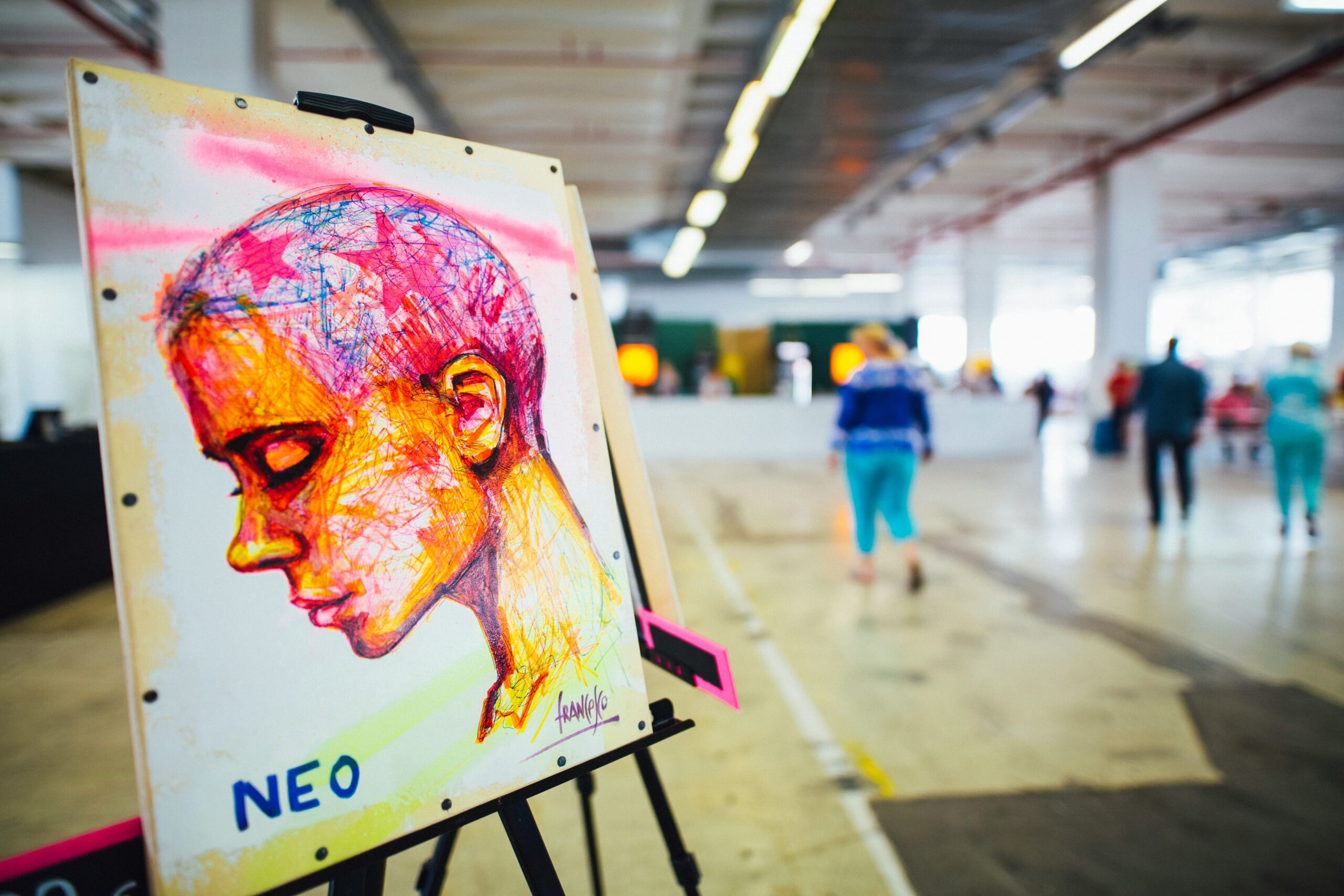Now Reading: Art Therapy for Dual Diagnosis Patients
-
01
Art Therapy for Dual Diagnosis Patients
Art Therapy for Dual Diagnosis Patients

Explore art therapy for dual diagnosis patients. Support mental health, encourage expression, reduce stress, and promote healing through creativity.
Introduction
Mental health and addiction often go hand in hand. When a person experiences both a substance use disorder and a mental health condition, it’s called a dual diagnosis. This can include combinations such as depression and alcohol abuse, or anxiety and opioid dependence. Recovery becomes more complex when two conditions coexist. Traditional therapies are helpful, but many individuals also benefit from creative approaches—especially art therapy.
In this article, we’ll explore how art therapy for dual diagnosis patients supports healing, builds emotional expression, and improves overall mental health.
What Is Art Therapy?
Art therapy is a form of psychotherapy that uses creative activities like drawing, painting, sculpting, or collage-making to help individuals express emotions, process trauma, and build self-awareness. It’s not about being an artist—it’s about using creativity to heal.
Certified art therapists guide patients through exercises that encourage self-expression and reflection. This process is especially effective for people who struggle to express themselves with words.
Understanding Dual Diagnosis
A dual diagnosis refers to the co-occurrence of a mental health disorder and a substance use disorder. According to the National Institute on Drug Abuse, around 7.7 million adults in the U.S. live with co-occurring mental and substance use disorders 1.
These patients face unique challenges:
- Symptoms of mental illness may trigger substance use
- Substance use can worsen mental health conditions
- Treatment needs to address both issues together
This is why art therapy for dual diagnosis patients plays a valuable role—it treats the whole person in a safe, nonjudgmental environment.
Benefits of Art Therapy for Dual Diagnosis Patients
🎨 1. Encourages Emotional Expression
Many dual diagnosis patients feel shame, guilt, or fear. These emotions are hard to express in words, especially during early recovery. Art provides a non-verbal outlet.
Creating something visual allows individuals to express what they feel internally. Whether it’s sadness, confusion, or hope, art becomes a language for healing.
✅ Example: A patient may paint an abstract image of chaos to reflect anxiety, then later draw calm colors to represent emotional progress.
🧠 2. Reduces Stress and Anxiety
The act of creating art can be calming. Studies show that engaging in art-making lowers cortisol levels—the hormone associated with stress.
For patients living with anxiety, PTSD, or bipolar disorder, art therapy offers a way to self-soothe and regulate emotions. It also improves mindfulness and grounding.
📊 A study in Art Therapy: Journal of the American Art Therapy Association found that 45 minutes of creative activity significantly reduced stress, regardless of artistic skill 2.
💬 3. Builds Communication Skills
Many people with dual diagnosis have trouble opening up in traditional talk therapy. Art therapy provides an alternate route for communication.
Art therapists may guide patients to create a piece and then talk about what it represents. This builds trust and allows therapists to explore deeper issues without direct confrontation.
🛡️ 4. Boosts Self-Esteem and Confidence
Addiction and mental illness often lead to feelings of worthlessness. Creating art can help patients rediscover a sense of accomplishment and identity.
Even small creative victories—like completing a drawing or expressing an emotion on canvas—can rebuild confidence.

🧩 5. Supports Trauma Processing
Many dual diagnosis patients have a history of trauma. Traditional therapy can feel overwhelming. Art offers a safer, slower way to process painful memories.
Through visual storytelling, patients can explore their trauma at their own pace. This is especially helpful for those with PTSD or early childhood trauma.
How Art Therapy Works in Treatment Programs
In dual diagnosis treatment centers, art therapy is often used alongside other methods like cognitive behavioral therapy (CBT), medication, and group counseling. Sessions may be:
- Individual: One-on-one with an art therapist
- Group: Patients create art and share in a safe group setting
- Thematic: Focused on topics like grief, identity, or recovery
Art therapists are trained to recognize symbolism and emotional cues in artwork. They help patients reflect on what they create, leading to greater insight and growth.
Common Techniques Used in Art Therapy
| Technique | Purpose |
|---|---|
| Mandala drawing | Encourages focus and relaxation |
| Collage making | Helps explore identity and values |
| Mask making | Reveals inner vs. outer self |
| Emotion wheels | Connects colors with feelings |
| Visual journaling | Tracks recovery and emotional progress |
Real-World Success and Research
Numerous treatment centers now include art therapy for dual diagnosis patients as a core part of recovery.
- A 2021 study in The Arts in Psychotherapy showed that art therapy improved emotional regulation and reduced substance use in dual diagnosis participants 3.
- Another study by Psychiatric Services found that patients who engaged in expressive therapies were more likely to complete treatment and report improved mood 4.
These results show that combining traditional therapy with creative approaches increases engagement and improves recovery outcomes.
Getting Started with Art Therapy
You don’t need to be in a formal program to begin exploring art as a healing tool. Here’s how to start:
✏️ 1. Keep a Visual Journal
Draw or paint how you feel each day. Don’t worry about skill—just focus on emotion.
🎨 2. Use Colors to Represent Mood
Assign colors to feelings and let your art reflect your inner state.
🖼 3. Join a Supportive Group
Look for community art therapy workshops or online sessions led by certified professionals.
👩🎨 4. Talk to a Certified Art Therapist
Search through organizations like the American Art Therapy Association to find licensed therapists in your area.
Final Thoughts
Recovery is not just about stopping substance use—it’s about healing the whole person. Art therapy for dual diagnosis patients gives individuals the space to express, explore, and grow in a safe, creative environment.
Whether someone struggles with anxiety and addiction, trauma and substance use, or depression and alcohol dependence, art therapy helps uncover meaning, foster connection, and promote lasting change.
Healing doesn’t always start with words—sometimes it begins with a brushstroke.
References
- National Institute on Drug Abuse. (2020). Common Comorbidities with Substance Use Disorders. https://nida.nih.gov ↩
- Kaimal, G., Ray, K., & Muniz, J. (2016). Reduction of cortisol levels and participants’ responses following art making. Art Therapy Journal, 33(2), 74–80. ↩
- Van Lith, T. (2021). Art therapy for dual diagnosis patients: An exploratory study. The Arts in Psychotherapy, 75, 101828. ↩
- Slayton, S. C., et al. (2010). Art therapy outcome research on psychiatric patients. Psychiatric Services, 61(3), 247–254. ↩
























